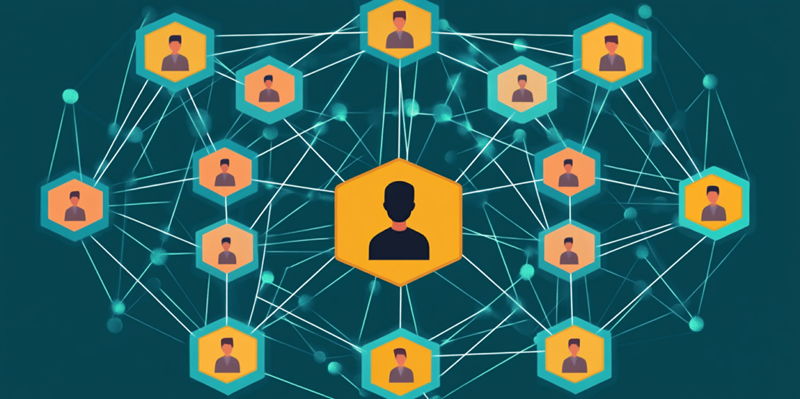The UK’s data protection regulator has recently highlighted a critical issue exacerbating the ongoing fraud epidemic: the hesitancy of organizations to share customers’ personal information. According to official statistics, fraud has become the most prevalent crime in England and Wales, representing nearly 39% of total offenses. The reluctance to share data responsibly, fairly, and proportionately is allowing fraudsters to exploit gaps and loopholes within the system.
The Information Commissioner’s Office (ICO) argued that there is no legal barrier preventing organizations from sharing valuable information to identify, investigate, and prevent fraudulent activities. Major players such as banks, telecom firms, and digital platform providers are among the worst offenders. The ICO’s executive director for regulatory risk, Stephen Almond, emphasized the serious consequences that fraud and scams can have, ranging from emotional turmoil to significant financial losses. He called for organizations to prioritize people’s protection and reassured them that the ICO would consider their responsible actions when evaluating any regulatory response in cases where something goes awry.
In response to this pressing issue, the ICO has introduced new guidelines to assist organizations in sharing personal data effectively for fraud prevention. These guidelines include performing a Data Protection Impact Assessment (DPIA), clarifying responsibilities among parties, establishing formal data-sharing agreements, identifying lawful bases, understanding the types of information shared, abiding by data protection principles like security, accountability, and data minimization, and respecting individuals’ rights. The regulator believes that by following these steps, organizations can enhance their efforts in combatting fraud.
Steps for Effective Data Sharing
The UK’s data protection regulator has recently stressed a major issue fueling the ongoing fraud epidemic: organizations’ reluctance to share customers’ personal information. Official statistics reveal that fraud is now the most common crime in England and Wales, accounting for nearly 39% of all offenses. This hesitancy to share data responsibly is enabling fraudsters to exploit system weaknesses.
The Information Commissioner’s Office (ICO) stated that there are no legal barriers stopping organizations from sharing crucial information to identify, investigate, and prevent fraud. Key offenders include banks, telecom firms, and digital platforms. Stephen Almond, ICO’s executive director for regulatory risk, underscored the devastating impacts of fraud, from emotional distress to financial harm. He urged organizations to prioritize customer protection and assured them that responsible data-sharing actions would be considered favorably in any regulatory evaluations.
To tackle this issue, the ICO introduced new guidelines to help organizations share data effectively for fraud prevention. These include conducting a Data Protection Impact Assessment (DPIA), clarifying responsibilities, establishing formal data-sharing agreements, identifying legal bases, understanding the types of shared information, adhering to data protection principles like security and accountability, and respecting individuals’ rights. By following these steps, organizations can improve their efforts in fighting fraud.

